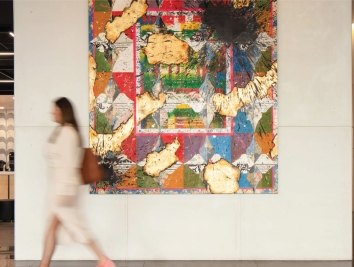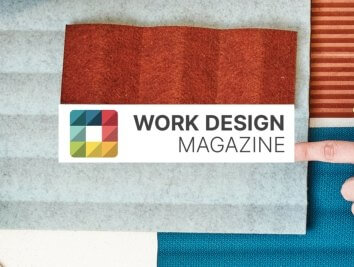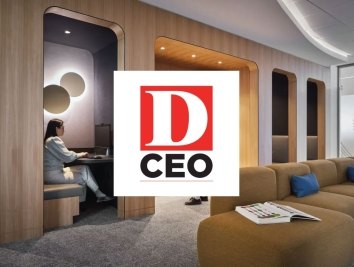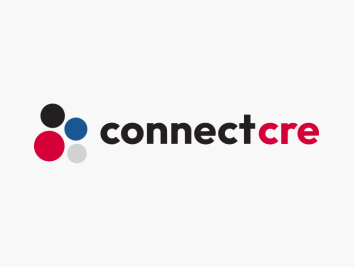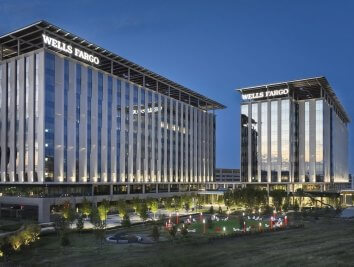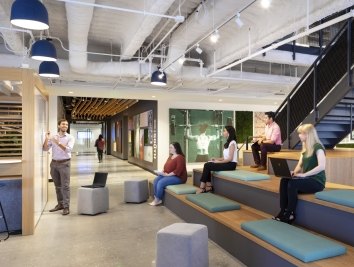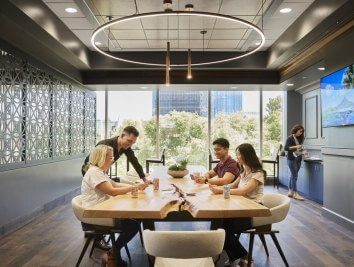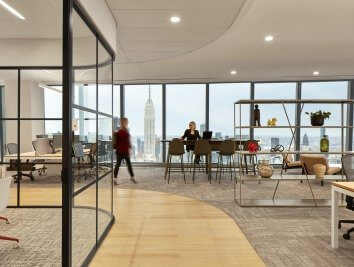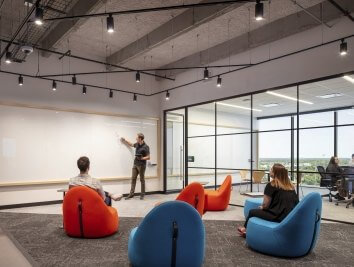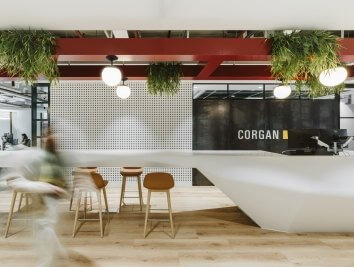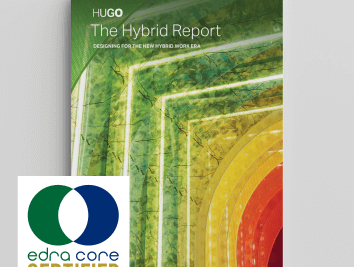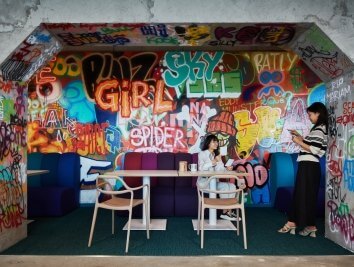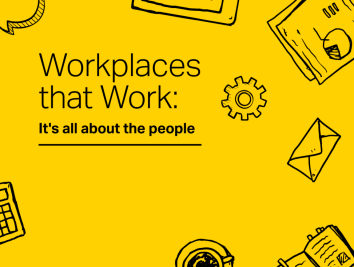Why Does it Always Have to be Either/Or?
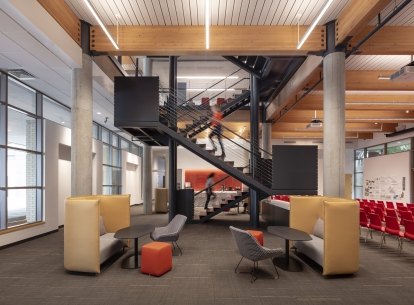
I confess, I cringe every time I read one of those articles about how we will never return to the workplace. I believe the long term impact on retention, employee loyalty, career growth, culture and happiness at work are being vastly underestimated for a short term ‘solution’. I have whiplash—we went from employee-centric design to not needing a workplace so fast.
As with most things these days, it seems there is a desire to make this issue binary. You either work in an office or you work from home. Period. End of post-pandemic workplace discussion. How about we get back on the train we were on (before it went off the rails) and talk about the future of work. What is the future of work in a post-pandemic world? How should work get done in a way that makes people feel safe, confident, productive, inspired, effective, and happy? It’s no surprise there is no one size fits all answer here. There never was, and COVID-19 doesn’t change that.
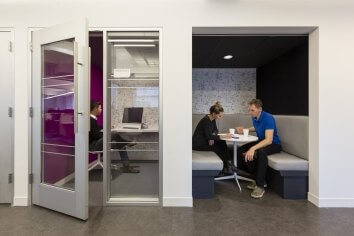
One Size Does Not Fit All
This is hard. White-collar employers, in particular, can certainly reduce the burden of keeping employees safe by just saying stay at home, everything is working great. I have read multiple interviews where companies claim employees are happier and more productive working at home. I don’t think it is a stretch to say we feel happier when we feel safe or that when we are relieved of extra burdens like childcare. You know what else people don’t like? Uncertainty. With unemployment at an all-time high, how accurate are surveys polling employees on their current productivity? How many people feel comfortable checking a box that says “I am incredibly unproductive and unmotivated right now.”
Personally, 100% work from home doesn’t work for me. I find many parts of my job to take far longer and are way less fun than they used to be. At Corgan, we’re in a business that is about solving design problems and we’ve done a great job utilizing our technology to do everything we need to do virtually, but it is hard to replace what you can learn by being in the same room. We miss out on the intangible energy of feeding off of others and taking a spark of an idea and as a group turning it into some special. I get a little weepy even thinking about it. Not to mention the art of reading the room. Has anyone mastered the art of reading the zoom?
Now, on the other hand, am I faster at writing an article or doing a spreadsheet at home - hell, yeah. So, what's my point? I'm just one person, but working in one spot for every task I need to accomplish is not going to work for me in the long term. Doesn't matter where that spot is, it certainly won’t get the best results.
But it’s not about me. This is much bigger and much longer term. I know it feels tidy to wave a wand, send everyone home and feel like it is fixed. But, how will organizations continue to foster development, while prioritizing learning and growing in a completely distributed workplace? How do we teach young people to build networks in and outside their organizations? Can you become attached to the mission of a company, if you only experience it virtually?
I don’t believe you can. And, I believe the rebound of the companies switching to 100% work from home will be dramatic. Not this year, but 18-24 months from now, we will see that the all or nothing decision comes at a high cost. What was perhaps saved in rent and office perks will be paid for in attrition, increased training, more robust HR & IT teams, and greater stress on managers. As with many organizational changes, middle managers often bear the brunt of workplace change. If your only connection to an organization is virtual, how little will it take to get a high performer to change jobs?
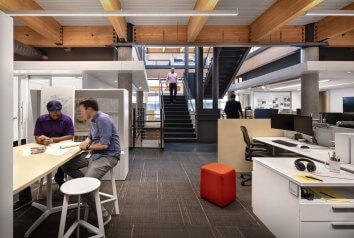
Step by Step
As a person whose job it is to create workplaces, here’s my point: we have a responsibility to help our clients right now as they deal with the practical, operational, and health and safety issues of this pandemic. Companies need to create confidence in their plans for the next 6 months, most of which will be a hybrid of in-person and work from home options. We have developed a set of tools to help accomplish short-term goals. Let’s get that done so we can start figuring out what happens after the pandemic has ended. This will end and there will be a ‘new normal’. But reducing the office to a singular, binary option is not it. I know it is hard to resist proclaiming long-term policy changes, but if anything, the pandemic has revealed that human beings are adaptable and can be flexible—especially when you communicate the “why” behind your decisions. And, for many organizations, those “whys” are protecting the intangibles of their values and culture through the reimagined and evolution of the workplace.
There is no doubt we have learned things as a working society about remote work that should influence the future of the workplace. We have learned about new technology tools and creating balance when working from home. We have learned that some meetings should be 20 minutes instead of an hour and the power of Zoom to bring people together. It’s time to have a bigger, more realistic non-binary conversation about the future of work that recognizes the enduring benefit of keeping people at the center of work. Can we shift the dialog from the glossy amenity-crazed focus of the past 10 years to one that focuses on health and wellness, technology, efficiency and real flexibility? If we can do that, we can create workplaces (the brick and mortar ones and the virtual ones) where we can all feel more confident about answering those surveys—happier, connected, motivated, and more productive.
This article was originally published in D Magazine — check it out here.






